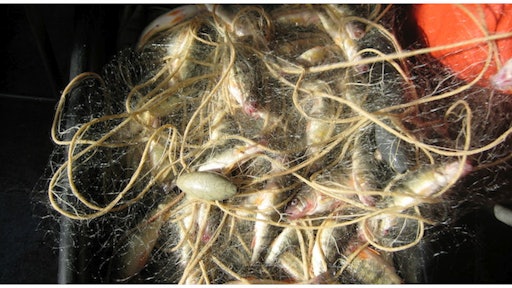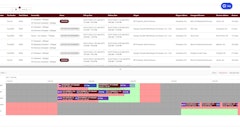
The need for more traceable, transparent seafood supply chains has mounted over the years, with compelling evidence: a product-mislabeling problem of upwards of 30 percent in North America; the industry’s inability to accurately count and monitor dwindling global fish stocks; and a supply chain that hides human trafficking and labor exploitation. But to date, persuading companies to spend time and money on better technology to overcome these issues has had limited traction.
In a first-of-its kind report, “Getting There from Here: A Guide for Companies Implementing Seafood Supply-Chain Traceability Technology, Future of Fish” shows how the bottom line can, in fact, drive traceability.
Including an evaluation and a vendor-comparison chart, the report examines the potential return on investment of full traceability for the backbone of the supply chain — processors and distributors. Some of those benefits (supported with a case-studies supplement) include:
- better inventory management, leading to longer product shelf life and less waste;
- gains in operational efficiencies, resulting in lower overtime costs;
- new data to drive business strategy; and
- an ability to cultivate greater brand loyalty.
The rationale for traceability at the individual-company level is the easy part. But Getting There found that the path to better traceability technology for the industry overall is strewn with barriers that demand collaboration. This more challenging path to resolve includes these actions:
- Technology vendors must work together to make the set of tools available play better together.
- The seafood industry must tackle the cultural resistance to technology and change.
- Stakeholders vested in the environmental and social benefits of traceability must help the industry find the financing and expertise necessary to adopt these systems.
“This report is both a call to action and an invitation to players who want to participate in the hard path of collaborative progress,” said Cheryl Dahle, executive director of Future of Fish. “The need for seafood traceability is far too urgent to wait for a policy fix.”
The report is the result of an in-depth industry survey that included dozens of interviews with technology vendors and diverse stakeholders, including NGOs, academics, and industry players.
To build on these findings and the growing body of work on traceability technology systems, Future of Fish will be convening key players starting in Fall 2014 in a series of workshops to co-design solutions to the report’s identified barriers to full traceability.
Future of Fish is a nonprofit systems-change incubator for the seafood industry. It works with entrepreneurs and industry stakeholders to invent and scale business solutions to ocean challenges.
For more information, visit www.futureoffish.org or email [email protected].



























